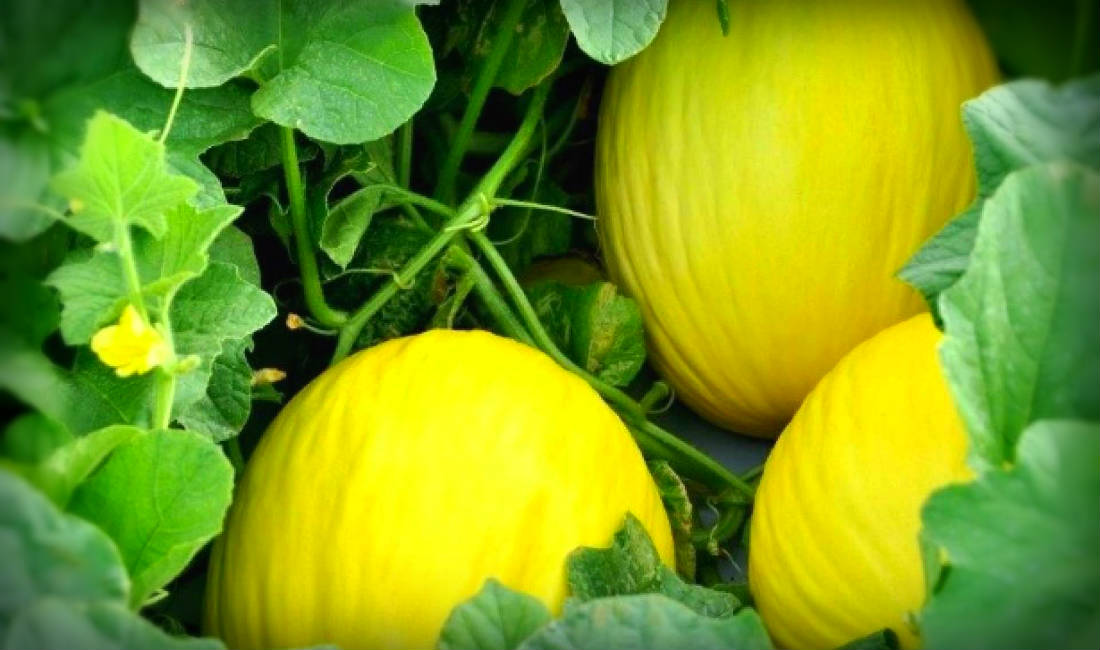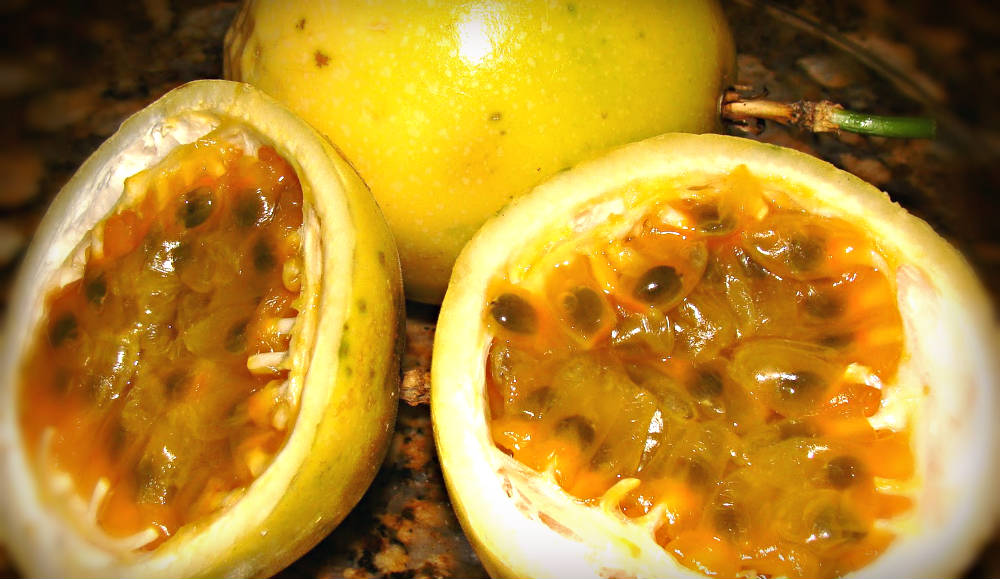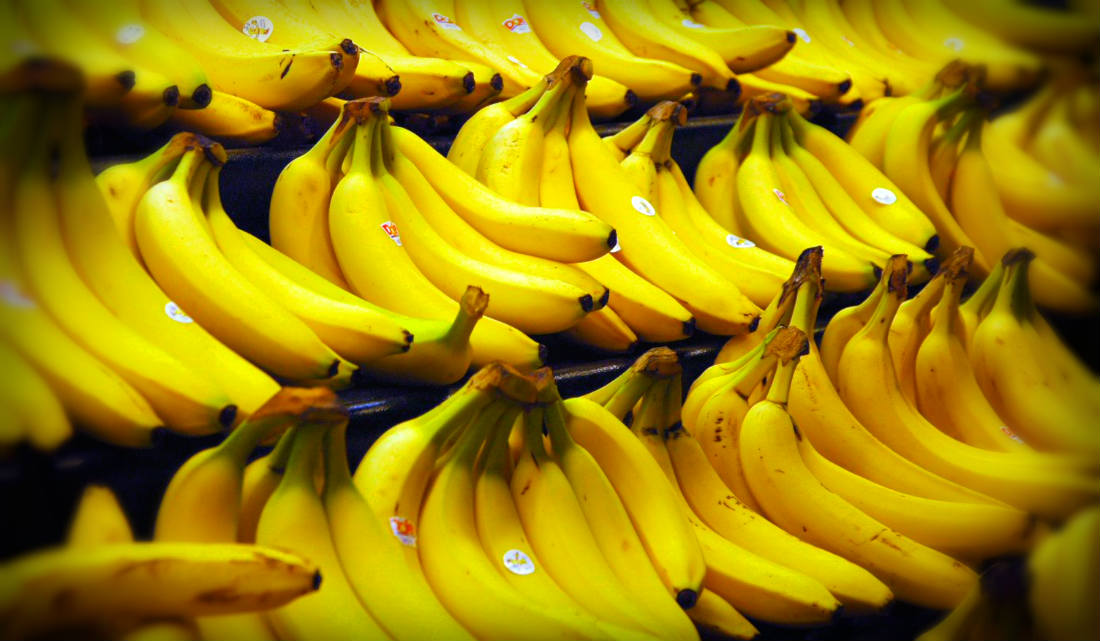Anúncios
Saving money, reducing waste, and reducing landfill volume doesn’t have to be a daunting challenge. In fact, it can be a sweet and rewarding experience, just like this jam recipe! There’s a growing awareness of sustainability and making the most of food, especially in urban areas where access to organic food can be limited.
In big cities like São Paulo, you can find a list of addresses for local producers who offer affordable and sustainable organic products. But since the current economic model prioritizes production over quality, organic food can be more expensive.

Making Full Use of Food
An effective way to deal with the high cost of organic food and do your bit for the environment is to use your food in its entirety. Many parts of fruits and vegetables, such as peels and stems, are often discarded, even though they are just as nutritious as the part that is eaten. This waste not only means a loss of valuable nutrients, but it also contributes to the increase in landfill waste. Choosing organic food minimizes the problem of pesticides and allows you to be more creative in the kitchen, using all parts of the food in a tasty and nutritious way.
Banana Peel Jelly: A Sustainable Alternative
Banana peel jam is a great way to use up peels that would normally go to waste. What’s even more interesting is that if you don’t mention that the jam is made with banana peels, no one will notice. This shows how banana peels can be transformed into a delicious and versatile product that retains all the nutrients of the fruit. In addition to being a creative solution to waste, this recipe is a way to incorporate recycling practices into your diet.
Ingredients Needed:
- 1 kg of banana peel
- 1 kg of sugar
- 1 tablespoon lemon juice
- 1 cup (tea) of water
How to do it:
Start by washing the banana peels thoroughly to remove any dirt or chemical residue. Then, place the peels in a pan with water and cook until soft. After this process, blend the peels in a blender until you get a puree.
Pour the puree into a saucepan and add the sugar and lemon juice. Cook over medium heat, stirring constantly to prevent the mixture from sticking to the bottom of the pan. Continue cooking until the mixture pulls away from the bottom of the pan and reaches the desired consistency for jam. Remove from heat and allow to cool before transferring to glass jars.
Benefits of Food Recycling
Recycling food not only helps reduce waste, but also promotes healthier and more sustainable eating. Reusing food parts that would normally be thrown away, such as banana peels, is an efficient way to save money and reduce environmental impact. The practice of recycling food can also inspire new recipes and preparation methods, making cooking more creative and interesting.
Additional Recipes with Banana Peels
If you enjoyed this banana peel jam recipe, there are plenty of other ways to use banana peels in your cooking. Banana peels can be incorporated into cakes, muffins, smoothies, and even savory dishes. If you’re looking to explore more recipes that use banana peels, there are plenty of options available that can help reduce waste and increase sustainability in your kitchen.
Final Considerations
Turning fruit peels into delicious jams and other recipes is a practical and tasty way to contribute to recycling and waste reduction. In addition to saving money, you are helping the environment by minimizing food waste. Try making banana peel jam and discover how easy and rewarding it is to make full use of the food you already have at home.
Learn how to make other arts by recycling, Click here.
Check out interesting facts about recycling clicking here.




